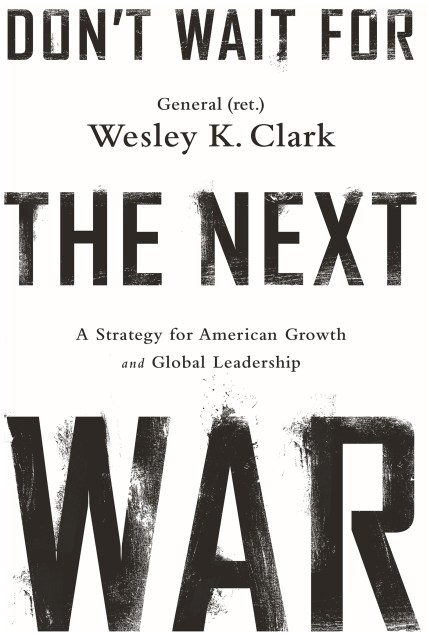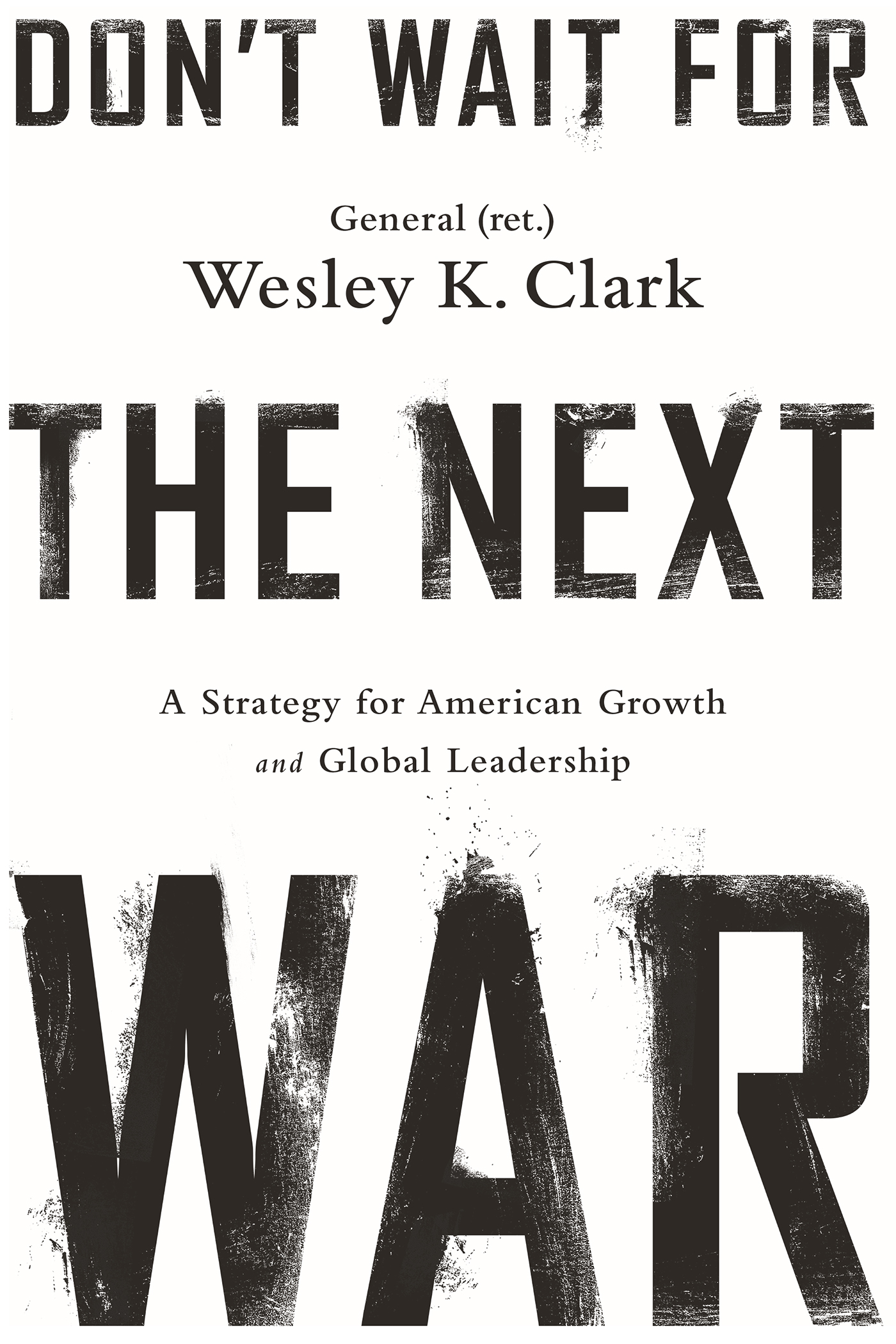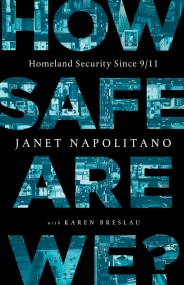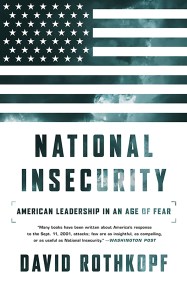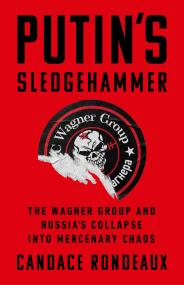Promotion
Use code BEST25 for 25% off storewide. Make sure to order by 11:59am, 12/12 for holiday delivery!
By clicking “Accept,” you agree to the use of cookies and similar technologies on your device as set forth in our Cookie Policy and our Privacy Policy. Please note that certain cookies are essential for this website to function properly and do not require user consent to be deployed.
Don’t Wait for the Next War
A Strategy for American Growth and Global Leadership
Contributors
Formats and Prices
- On Sale
- Sep 16, 2014
- Page Count
- 272 pages
- Publisher
- PublicAffairs
- ISBN-13
- 9781610394345
Price
$9.99Price
$12.99 CADFormat
Format:
- ebook $9.99 $12.99 CAD
- Trade Paperback $15.99 $20.99 CAD
This item is a preorder. Your payment method will be charged immediately, and the product is expected to ship on or around September 16, 2014. This date is subject to change due to shipping delays beyond our control.
Buy from Other Retailers:
War is a poor substitute for strategic vision, and decisions made in the heat of imminent conflict are often limited by the emotions of the moment. In Don’t Wait for the Next War, Wesley K. Clark, a retired four-star general of the US army and former Democratic candidate for president, presents a compelling argument for continued American global leadership and the basis on which it can succeed — a new American strategy. America needs both new power and deeper perspective. The platform for American leadership is to use America’s energy resources to spark sustainable economic growth, building new strength to deal with pressing domestic issues like the deficit as well as the longer term challenges to US security — terrorism, cyber threats, the next financial crisis, China’s rising power, and climate change.
Such a strategy is not only achievable but essential, and it is urgently needed. This is the true test of American leadership for the next two decades, but it must start now, so America has the power and vision to deal with the acute crises that will inevitably come — in the Mideast, Europe, or Asia.
-
“While Gen. Clark is perhaps best known for his 2004 presidential campaign on the Democratic ticket, his ideal national strategy has significant bipartisan appeal...This book is about much more than foreign or public policy. Gen. Clark tells fascinating tales about meetings with prominent officials from all over the world that offer insight into the strategic goals of other countries...The publishers of "Next War" could not have timed its release any better...You may not agree with Gen. Clark's strategies, but at least he is trying to elevate the national conversation with his fantastic new book.” Seeking Alpha
“The author is an upbeat advocate and writer, bringing his can-do military attitude to a set of problems away from the battlefield. Clark is forceful and confident in tone, but he also wisely acknowledges that he has relied on many advisers.... A clearly written prescription to help Americans alleviate their nation's malaise.” Kirkus Reviews
“An exuberant vision for American global leadership that would deemphasize, without diminishing, American military preeminence in favor of an economic-muscle approach that leverages American energy resources.” Booklist
“A catalyst for serious debate.” Publishers Weekly
Newsletter Signup
By clicking ‘Sign Up,’ I acknowledge that I have read and agree to Hachette Book Group’s Privacy Policy and Terms of Use
